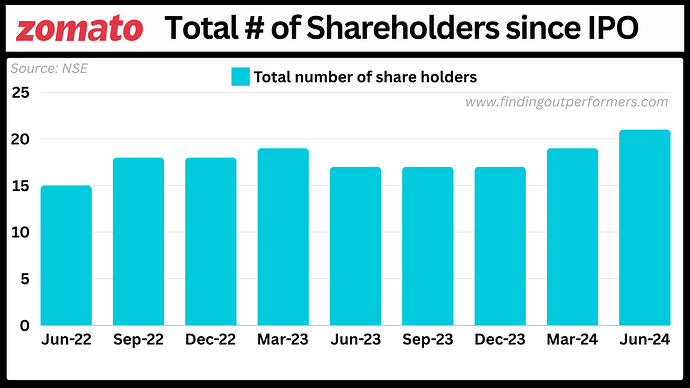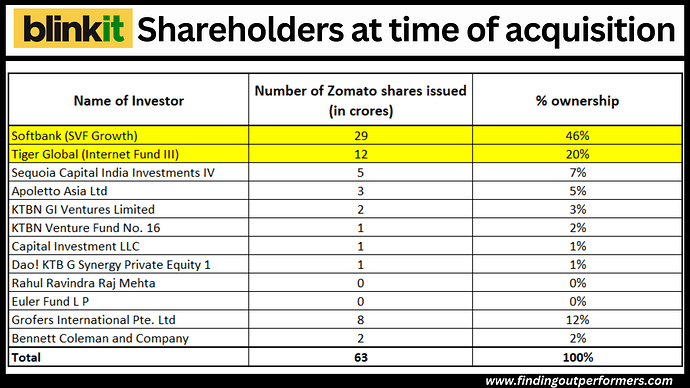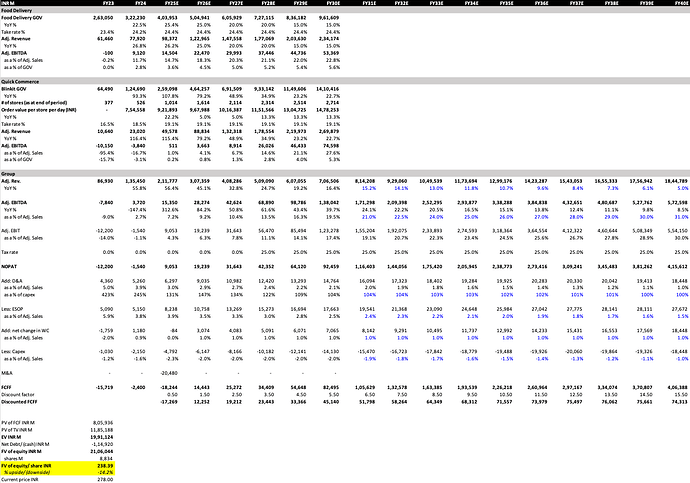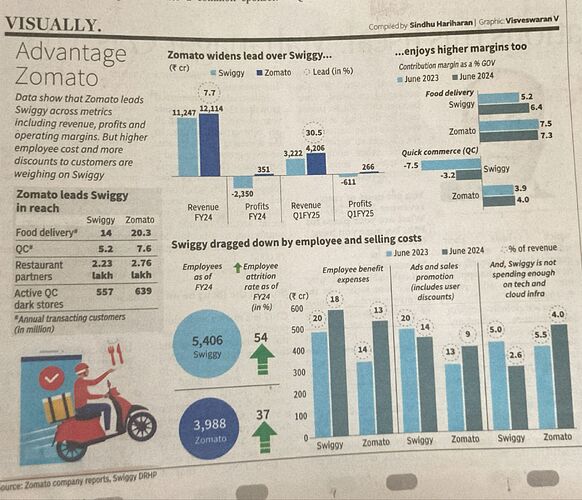Contrarian EPS has provided valuable insights to many investors through his tweets. While his opinions are generally sensible and useful, particularly when it comes to traditional businesses. He has consistently held a negative view of Zomato since its inception. I’ve been following him for a long time, and he is not invested in Zomato.
Zomato, however, has a strong board, particularly with Mr. Sanjeev B, who holds the highest stake in the company.
Out of context, SB becomes board member of MMT. MMT paid him renumeration as board member, instead of taking in his personal account, he deposited it in to infoedge account, as he believes his all-time should allocate to infoedge.
Although mistakes can happen in business (such as the investment in housing.com by SB), overpaying for some assets is often less concerning. While it may appear that Zomato overpaid in this deal, strategic decisions in business sometimes require to take such deal. I believe there could be two reasons for pursuing a deal even if it seems costly:
Competitive Concerns: 3rd party, possibly Adani, might have been interested in the same deal. If that had happened, the market could have become more competitive with three players: BookMyShow (BMS), Adani, and Zomato. Now it’s duopoly with this deal.
Disruption Potential: I strongly believe BMS is vulnerable to disruption. Despite being in the market for a long time, their revenue has stagnated at around ₹800 crore (according to a CNBC report, although no specific source is available). Zomato’s CEO, who is one of the smartest entrepreneurs, likely didn’t want to wait any longer to make a strategic move.
Disclaimer: I am invested in Zomato, and my views may be biased in favor of Zomato and most new-age entrepreneurs.
My mistake: Eventhough invested around 50 and following it from IPO, couldn’t able to increase my allocation.








